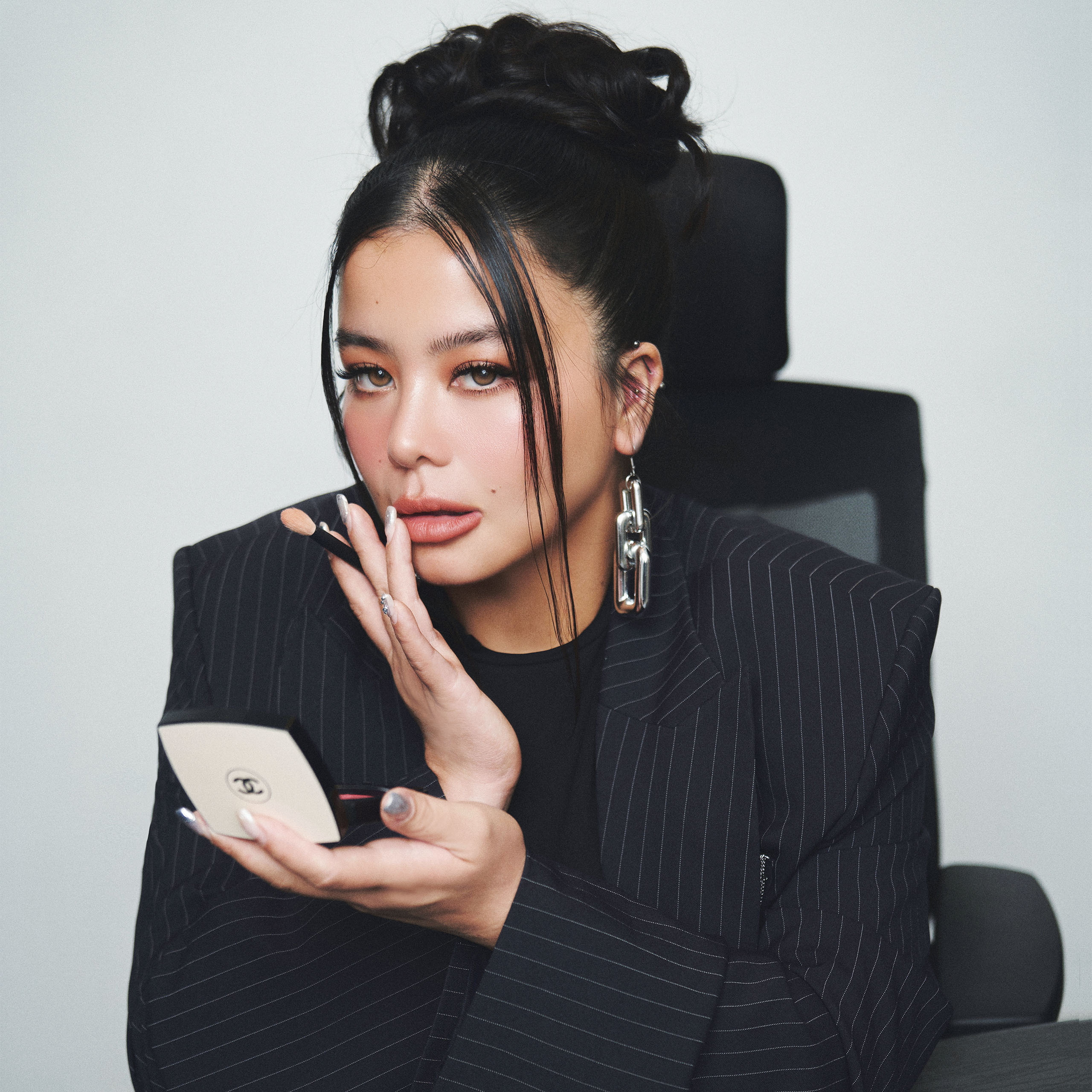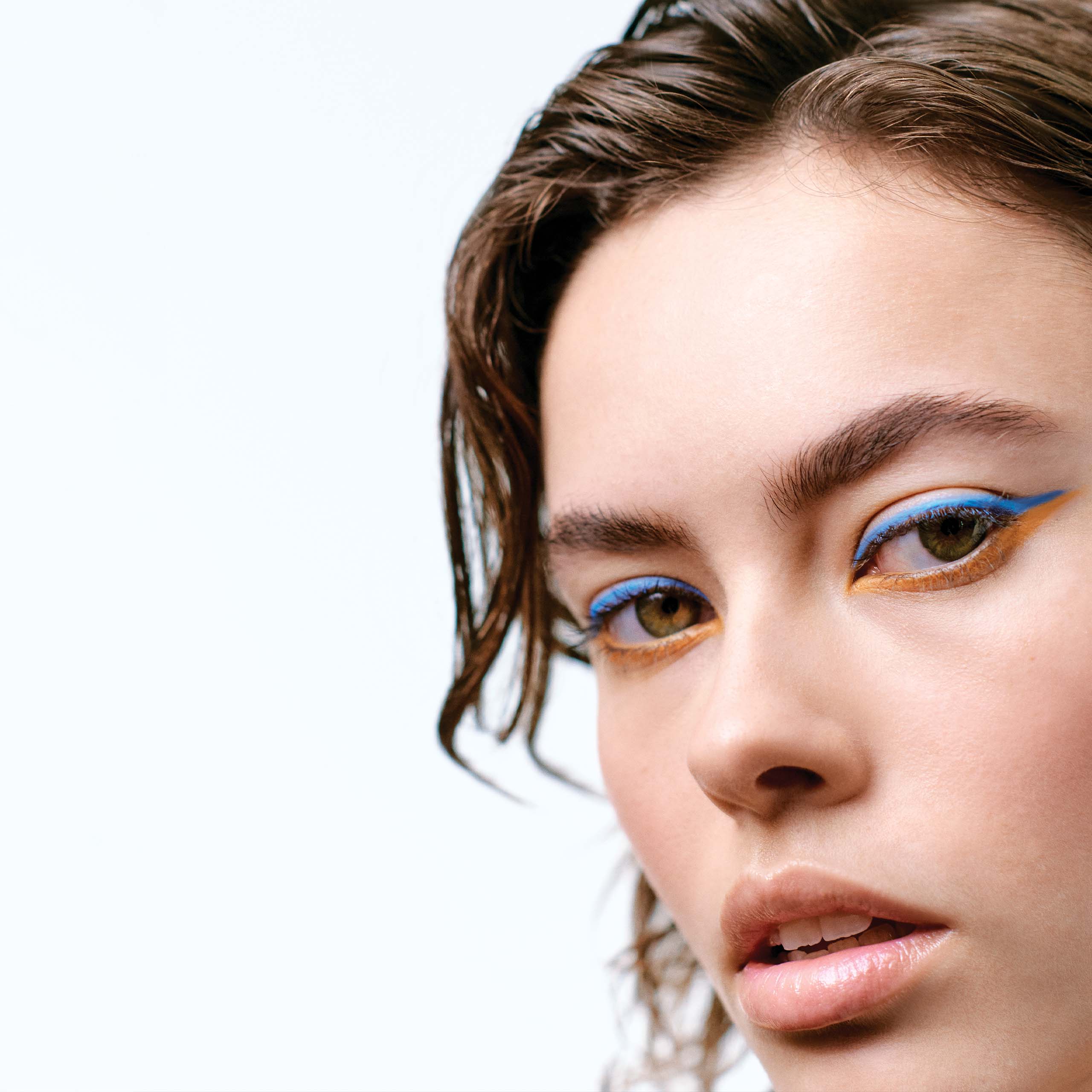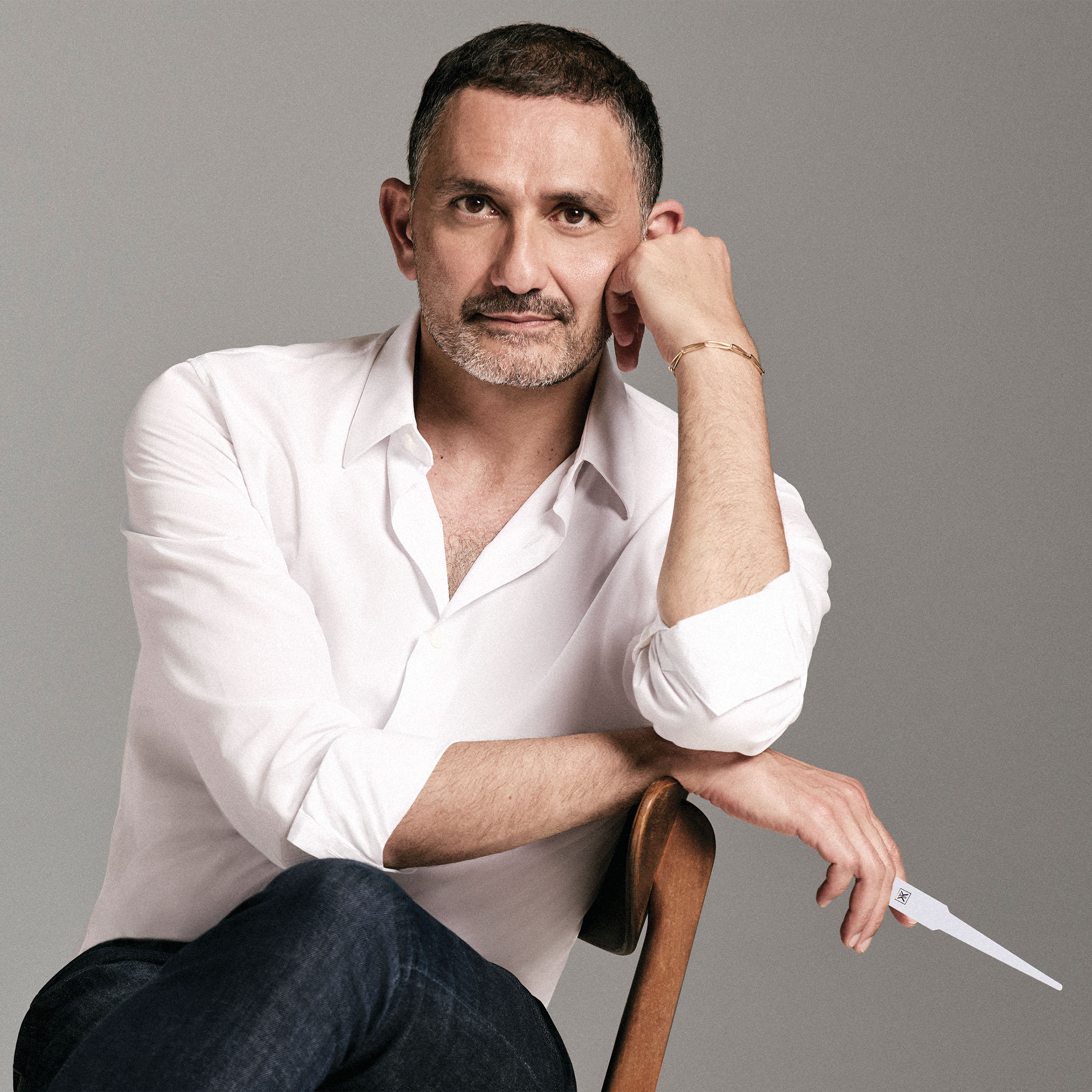It’s undeniable that there will always be an urge to go for drastic beauty transformations in any form of life inconveniences. But why? Here, we investigate
In 1999, Felicity Porter showcased one of the most empowering haircut moments the world has ever seen. “It’s one thing to say that you’re gonna let go. It’s another to do it,” she expressed in her monologue. “So when I walked into the haircutting place, I was talking a leap. But I wasn’t doing it for a guy or some list. I was doing it for me.” Her tight-curled pixie cut symbolized her new beginning—a move that resonates with a quote that says a woman who cuts her hair is about to change her life.
RELATED: How “Revenge Beauty” is the Internet’s Answer to a Heartbreak

Other iconic entrants in the breakover category include Selena Gomez’s textured bob after her split with Justin Bieber. Of course, who could forget Kris Aquino and her revenge pixie cut? In a post, she candidly wrote, “I cut off more than a foot, so I’m super ready for my life to change!” The notion of radical change after life inconveniences may not be mandatory, but it is undeniably preferred. And from here, we can’t help but wonder: is a drastic hair transformation the new coping mechanism?
On the merits of radical change in the digital age
Of course, it’s expected that the ever-evolving digital sphere will embrace the empowering movement. In beautytok, threads like #hairholdsmemories exhibit entries that capture the strong relationship between one’s hair decision and emotional state. Influential personalities like Dixie D’Amelio fronted the trend with a clip flaunting her hair transformation from a natural long locks to a face-framing pixie cut. To say the least, the trend perfectly depicts the beauty of letting go and starting anew.

On the true means of healing
The open conversation about coping mechanisms confirms that many lean towards decisions that provide instant relief. Hair transformations are an emergency salve that easily satisfies the need to be in control. In a similar way, it reflects the inclination to reclaim power and individuality. It’s empowering and liberating—a new sense of self-discovery that helps embrace oneself during and after difficult times.

There is no shame in having the desire to make a big change in appearance in the midst of life challenges. It’s normal. However, it’s important to note that its role is to help reclaim one’s strength and individuality. It’s not meant to serve as a distraction to avoid real emotions surrounding the situation. It’s still recommended to take a step back and navigate the reason behind every beauty decision. At the end of the day, it should be done to satisfy you and no one else.
On our point of view
Let’s be honest. There will always be an urge to go for beauty transformations in any form of inconveniences, and that’s okay. Healing looks and means different to everyone. Perhaps it can be through a drastic chop or a bold color. Either way, one thing is for sure—it’s the perfect time to allow oneself to feel what they need to feel and express oneself on how they want to express it. To say the least, it’s a period to reconnect with oneself.

As for someone who has overly bleached her hair, carelessly opted for a micro bob, invested in hair extensions only to manually remove it by hand one by one week later—take risks and make mistakes. Healing is anything but linear, but there is certainly the merit of learning something new every step of the way. After all, the true place of healing is creating a good relationship within oneself.










